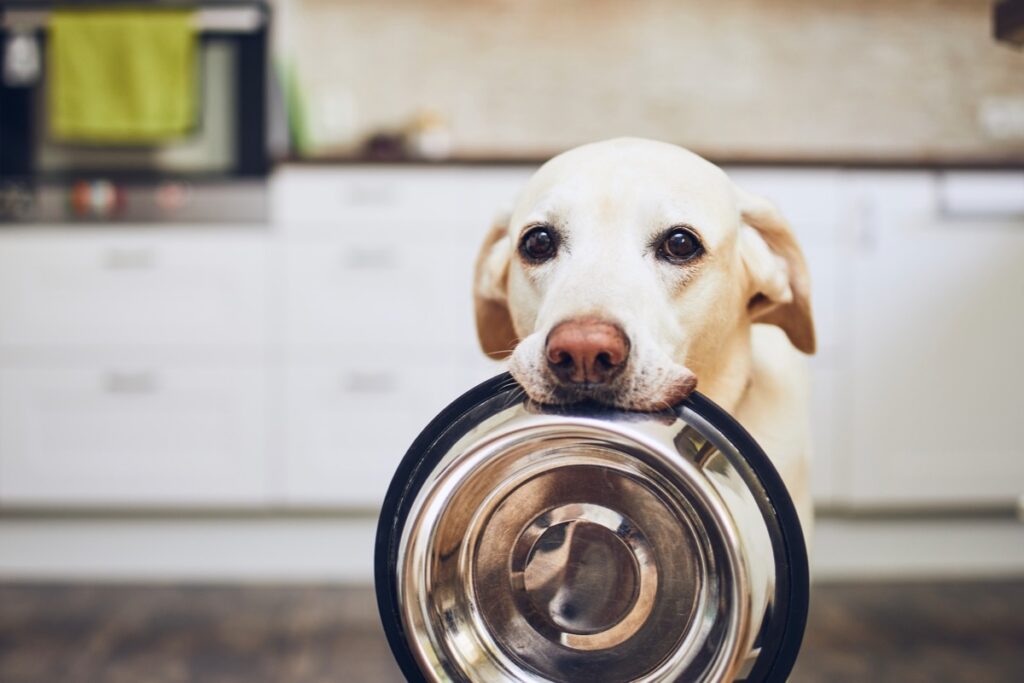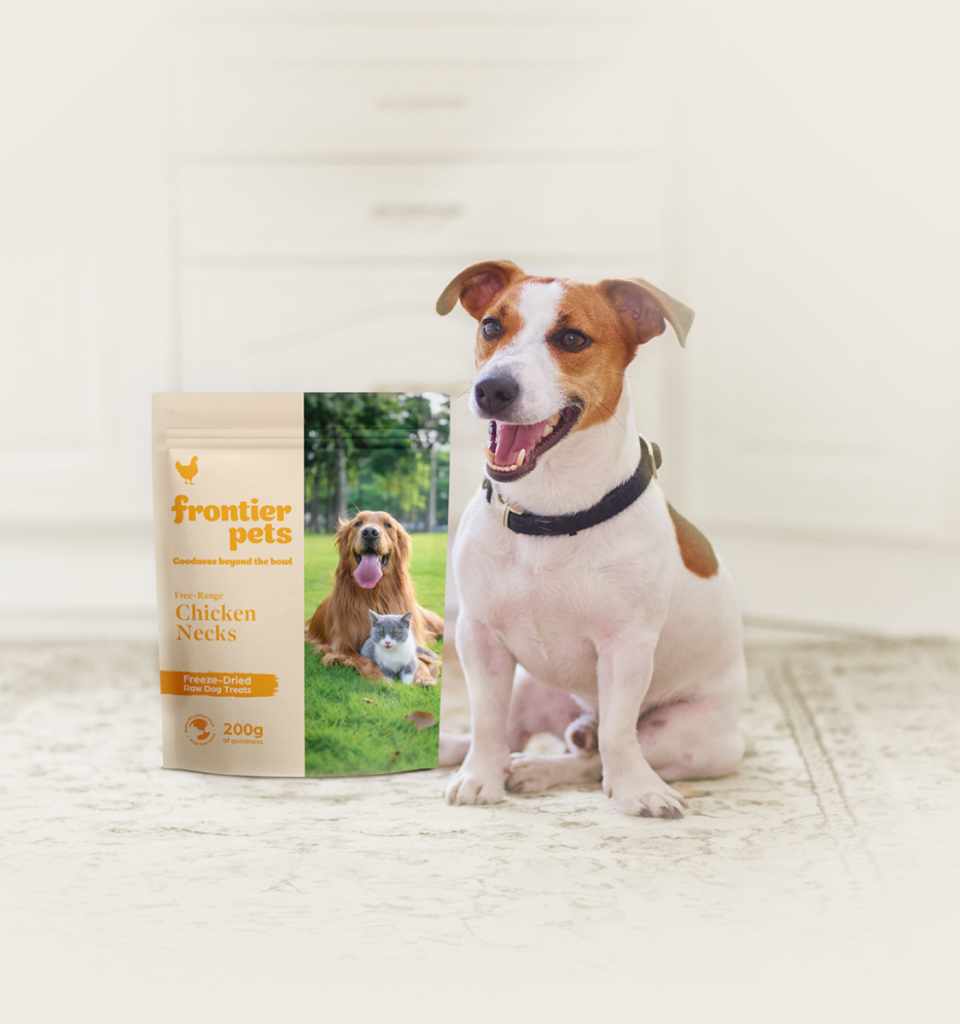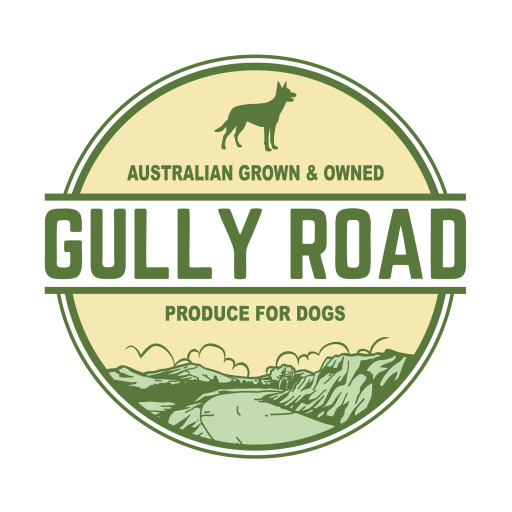Every dog owner wants the best for their furry friends, and this encompasses their food quality. Ensuring your dog’s meal is safe, nutritious, and high-quality is critical for their well-being and health. But how do you know what you’re feeding your pet meets their needs? This is where dog food standards factor in.

These are regulations and guidelines established to ensure your dog’s food meets its nutritional needs. In Australia, the standards for dog treats, dehydrated dog food, and other dietary products are unique, and having a good understanding of them will help you make informed decisions. We’ll go over the intricate world of Australia’s dog food standards, highlighting the regulations and how they impact homemade treats and commercial products.
Understanding Dog Food Standards
Dog food regulations are guidelines and standards that outline the minimum requirements for the labelling, producing, and distributing of dog dietary products. At their core, these standards try to ensure that everything your dog eats is safe from contaminants or harmful ingredients, nutritionally balanced, and transparently labelled.
For manufacturers, meeting these standards isn’t just about compliance but also about ensuring the trust and health of their consumer base — mainly pets and their owners. Consumers benefit from these standards because they set a benchmark for product quality. When you buy dehydrated dog food, treats, or any pet food product, these standards help to ensure that your pets get the safest and best food possible.
Current Dog Food Standards in Australia
In Australia, the dog food industry’s oversight is shared by several regulatory bodies, including the Australian Veterinary Association (AVA) and the Pet Food Industry Association of Australia (PFIAA). These organisations work together to develop and enforce strict guidelines for pet food regulations that ensure pet foods’ safety and nutritional adequacy.
Central to Australian dog food standards are stringent regulations on ingredients. This means every component, whether primary or additive, must meet defined quality parameters. Another critical aspect is labelling, which requires clarity on nutritional content, ingredient sources, and potential allergens. The standards also distinctly categorise dog foods based on their form and preparation, including:
Raw Dog Food Standards
- Bacterial Contamination Prevention – ensures that raw food is free from harmful bacteria like salmonella and E. coli
- Freshness Protocols – standards guarantee raw ingredients are sourced freshly and stored under appropriate conditions to maintain nutritional value.
- Nutritional Adequacy – requirements ensuring that raw food diets provide all essential nutrients in the right proportions
Dry Dog Food (including Dehydrated) Standards
- Shelf Stability – ensures that dry dog food remains safe and nutritious over an extended storage period without the need for refrigeration.
- Ingredient Preservation – guidelines that ascertain that the methods used to preserve the food don’t degrade its nutritional value.
- Consistent Sizing – standards ensuring kibble or chunks are of consistent size for safety and dietary reasons.
Wet Dog Food Standards
- Moisture Content – regulations dictating the specific moisture percentage in the food to prevent spoilage
- Preservation Methods – standards ensuring that additives or methods used to preserve wet food are safe and do not compromise nutrition
- Packaging Integrity – guidelines that ensure containers (like cans or pouches) are adequately sealed to prevent contamination and maintain freshness

Implementation of Standards
Implementing dog food standards in the Australian pet food industry is meticulous. Regulatory bodies like PFIAA oversee inspections and quality control tests, ensuring that pet food products align with the stipulated standards.
Manufacturers undergo rigorous certification processes, demonstrating their commitment to the highest quality and safety benchmarks. It’s important to note that while many of these standards are set as best practices and recommendations, not all are legally binding. However, most reputable manufacturers opt to follow them diligently, recognising their importance in maintaining trust and ensuring the well-being of our beloved pets.
Comparing Australian Standards with Other Countries
Globally, dog food standards differ due to differences in regulations, cultural practices, and industry developments. For instance, while Australia leans on entities like the PFIAA for guidance, the USA relies on the Association of American Feed Control Officials (AAFCO) to ensure that pet foods meet specific nutritional and quality benchmarks.
The European Union (EU) has its own set of directives and standards that interact with the national laws of its members. Australian standards emphasise freshness and clarity in labelling, sometimes being stricter than others in particular areas, like regulations on specific ingredients or additives.
Discrepancies arise from research findings, historical industry practices, and regional ingredient availability. Such variations can impact pet health by offering diverse nutrient profiles and safety measures.

Challenges and Inconsistencies
Implementing dog food standards isn’t without its challenges. While regulatory bodies work diligently, enforcing uniformity across an expansive industry is tough. Inconsistencies may arise as a result of interpretation differences, resulting in product quality disparities. Furthermore, gaps can appear when standards do not keep up with recent scientific discoveries, resulting in outdated practices or less optimal for pet health.
There have been cases where certain additives, once deemed safe, later showed potential health risks based on new research. Such scenarios underscore the need for constant review, agile adaptation, and vigilant enforcement to safeguard our pets’ well-being.
Addressing the Gaps
Australian regulatory bodies are proactive in embracing research findings and industry advancements to continuously raise dog food standards. Consumer advocacy is critical, with feedback frequently acting as a catalyst for change. Collaboration among industry stakeholders ensures that standards reflect collective expertise as well as the most recent scientific knowledge.
Recently, there has been a greater emphasis on transparency in ingredient sourcing and addressing potential allergens in pet foods. Suggested updates also call for a more thorough examination of the benefits and risks of novel ingredients like insect-based proteins. The goal of these efforts remains clear: to prioritise the health and safety of our canine companions.
Ask About Food Licences
When choosing pet food, it’s essential to ensure quality and safety. Customers are encouraged to ask stores about their appropriate food licences, like those from PrimeSafe. This guarantees compliance with Australian standards, giving peace of mind about the food’s source and preparation.
Serving Up Safety — A Final Bite
Dog food standards demonstrate the industry’s commitment to pet well-being by ensuring transparency and accountability. Understanding these standards is critical for us as pet guardians. Well-informed pet owners can make the best decisions for their cherished companions.



Leave a Reply